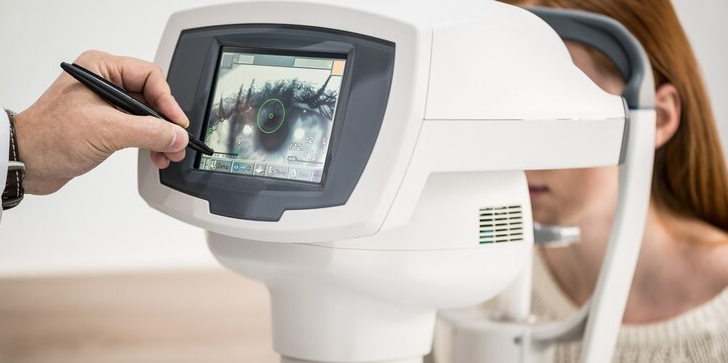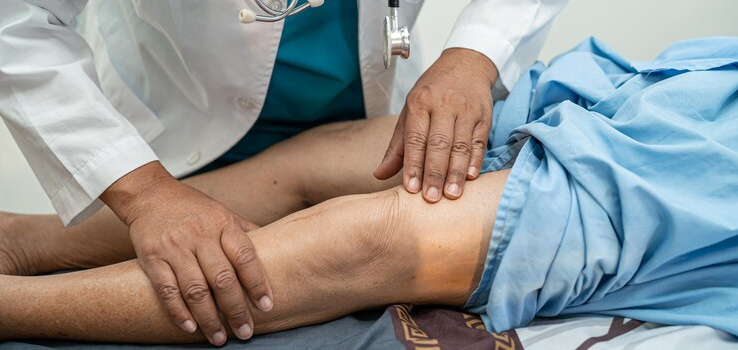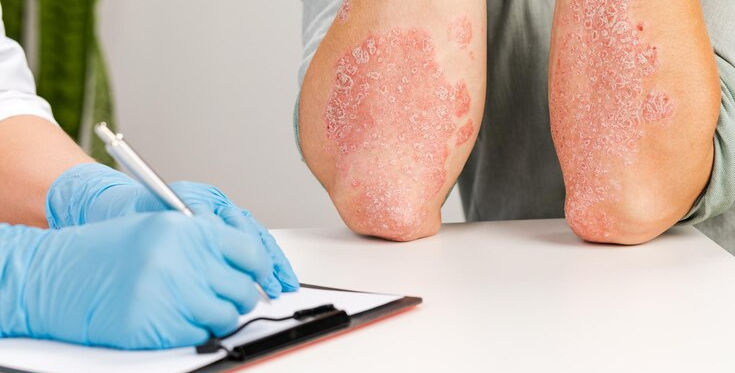The following is a summary of “Association of Posttraumatic Epilepsy With Long-term Functional Outcomes in Individuals With Severe Traumatic Brain Injury,” published in the May 2023 issue of Neurology by Pease, et al.
Posttraumatic epilepsy (PTE) can occur in a significant number of patients with severe traumatic brain injury (TBI). However, the impact of PTE on long-term outcomes remains uncertain. For a study, researchers sought to investigate whether PTE, after accounting for injury severity and age, is associated with worse functional outcomes following severe TBI.
A retrospective analysis was conducted using data from a prospective database of patients with severe TBI who were treated at a single level 1 trauma center between 2002 and 2018. Glasgow Outcome Scale (GOS) scores were collected at 3, 6, 12, and 24 months post-injury. Repeated-measures logistic regression models were utilized to predict GOS outcomes (dichotomized as favorable: GOS 4-5, and unfavorable: GOS 1-3) and mortality at 2 years. The models included predictors defined by the International Mission for Prognosis and Analysis of Clinical Trials in TBI (IMPACT) base model, which consisted of age, pupil reactivity, GCS motor score, PTE status, and time.
Among the 392 patients who survived to discharge, 98 (25%) developed PTE. The proportion of patients with favorable outcomes at 3 months did not differ significantly between those with and without PTE (23% [95% CI: 15%-34%] vs. 32% [95% CI: 27%-39%]; P = 0.11). However, at 6 months (33% [95% CI: 23%-44%] vs. 46% [95% CI: 39%-52%]; P = 0.03), 12 months (41% [95% CI: 30%-52%] vs. 54% [95% CI: 47%-61%]; P = 0.03), and 24 months (40% [95% CI: 47%-61%] vs. 55% [95% CI: 47%-63%]; P = 0.04), the proportion of patients with favorable outcomes was significantly lower in the PTE group. The difference was driven by higher rates of GOS 2 (vegetative) and GOS 3 (severe disability) outcomes in the PTE group. At 2 years, the incidence of GOS 2 or 3 was twice as high in the PTE group (46% [95% CI: 34%-59%]) compared to the non-PTE group (21% [95% CI: 16%-28%]; P < 0.001), while mortality rates were similar (14% [95% CI: 7%-25%] vs. 23% [95% CI: 17%-30%]; P = 0.28). Multivariate analysis demonstrated that patients with PTE had lower odds of favorable outcome (odds ratio [OR] 0.1; 95% CI: 0.1-0.4; P < 0.001), but no significant difference in mortality (OR 0.9; 95% CI: 0.1-1.9; P = 0.46).
Posttraumatic epilepsy was associated with impaired recovery and poor functional outcomes in patients with severe TBI. The findings suggested that early screening and treatment of PTE may be important for improving patient outcomes in the population.
Reference: n.neurology.org/content/100/19/e1967



















